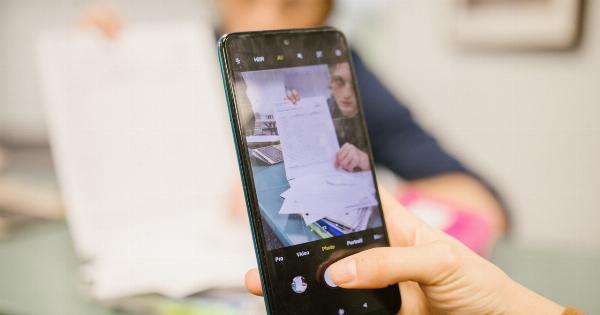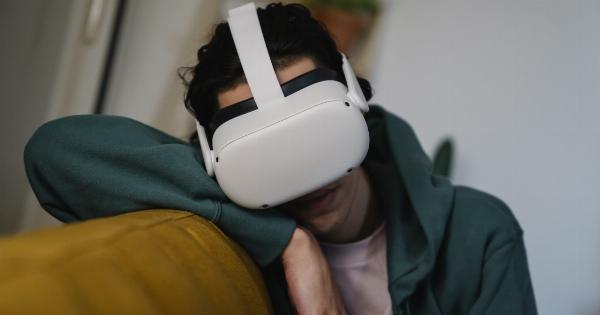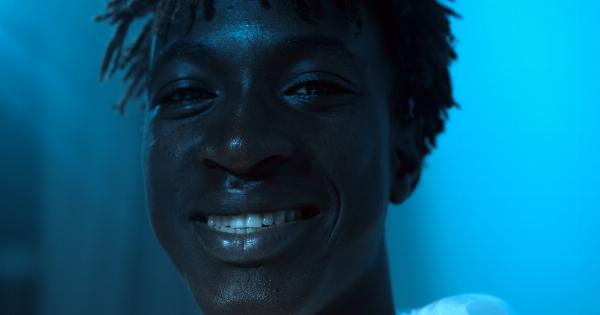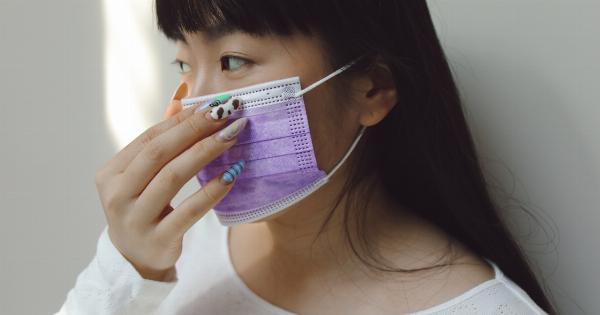Myopia, also known as nearsightedness, is a common vision problem among children, especially those aged six to 17.
It occurs when the eyeballs are slightly longer than usual or when the cornea is too curved, causing light to focus in front of the retina instead of on it. As a result, distant objects appear blurry while close-up objects appear clear.
Causes of Myopia in Children
The exact cause of myopia is not yet fully understood, but it is believed to be a combination of genetic and environmental factors. Children whose parents have myopia are more likely to develop the condition themselves.
However, environmental factors such as spending too much time doing close work, such as reading or using electronic devices, can also increase the risk of myopia.
Symptoms of Myopia in Children
It can be difficult to detect myopia in children, as they may not be aware that they have a vision problem. However, there are a few signs that parents should watch out for, including:.
– Squinting or rubbing their eyes.
– Difficulty seeing distant objects, such as street signs or the board at school.
– Holding objects close to their face when reading or watching TV.
– Headaches or eyestrain, especially after reading or doing close work.
Diagnosing Myopia in Children
If you suspect that your child may have myopia, it is important to take them for a comprehensive eye exam. This will involve a series of tests to determine the extent of their vision problem, including:.
– Visual acuity test: This measures how well your child can see letters or numbers on a chart from a distance.
– Refraction test: This determines the exact prescription needed for glasses or contact lenses.
– Eye pressure test: This checks for signs of glaucoma, a condition that can cause vision loss.
Treatment of Myopia in Children
There are several ways to treat myopia in children, depending on the severity of their condition.
1. Prescription glasses or contact lenses
Glasses or contact lenses are the most common forms of treatment for myopia in children. They help to correct the refractive error and improve vision.
Children may need to wear glasses or contact lenses all the time, or just for certain activities such as reading or watching TV.
2. Orthokeratology
Orthokeratology, also known as corneal reshaping therapy, involves wearing special contact lenses at night while sleeping. These lenses gently reshape the cornea, correcting the refractive error and providing clear vision during the day.
This treatment may be suitable for children with mild to moderate myopia.
3. Atropine eye drops
Atropine eye drops are a medication that can be used to slow down the progression of myopia in children. They work by dilating the pupil and relaxing the eye muscles, reducing the strain on the eyes.
This treatment may be suitable for children with rapidly progressing myopia.
Preventing Myopia in Children
While it may not always be possible to prevent myopia in children, there are several things that parents can do to reduce the risk:.
– Encourage outdoor activities: Spending time outdoors has been shown to reduce the risk of myopia in children. Aim for at least two hours of outdoor time per day.
– Practice good eye habits: Encourage your child to take regular breaks when doing close work, and to hold reading materials at a comfortable distance from their face.
– Get regular eye exams: Take your child for regular eye exams to detect any vision problems early on.
Conclusion
Myopia is a common vision problem among children that can have a significant impact on their daily lives. If you suspect that your child may have myopia, it is important to take them for an eye exam to determine the extent of their condition.
With early diagnosis and treatment, most children with myopia can achieve clear vision and enjoy a normal, healthy childhood.





























